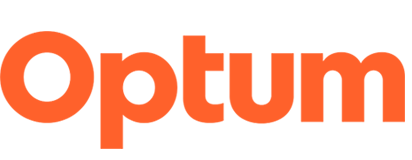Body content optimization
Whether developing new content or updating an existing page, it's important to know your audience. Understand what keywords they are using to find the page, what their intention is when searching for a keyword and if their needs are being met with relevant content.
Writing guidance
- Use the target keyword in the first 100-150 words. You want to immediately show the audience that they’ve found the right page to assist them with their search query.
- For the rest of the content, use the main keyword again in headings and anywhere else the user’s eyes are likely to jump to as they’re skimming a page. You can also target 5-10 additional keywords with high volume and low keyword difficulty. Incorporate semantic keywords and synonyms — terms with a strong relationship to the main keyword.
- Write in natural language.
- Aim for shorter sentences and paragraphs to improve the reading experience and break up the content. Also, make sure there are no misspellings; typos and poor grammar can deter readers!
- Use bulleted and numbered lists.
- Bold important text in a paragraph to add extra value to a page. This does help with SEO and allows Google to better understand the content.
- Add visual content, including videos and compelling images or graphics. Google likes to see content that incorporates rich media. But make sure that visual content is optimized for speed and performance.
- Create relevant CTAs that encourage users to click and access gated content.
- Use quotes or testimonials, which is great for E-A-T (Expertise, Authoritativeness, Trustworthiness).
- Link to other relevant sources, both internally and externally.
Free SEO tools for content development
Use this simulator to see how Google "reads" the webpage to determine what may need to be further optimized. Just enter the URL you want to analyze.
This is a useful search trends tool that analyzes the popularity of top search queries in Google Search across various regions and languages.
A visual keyword research and content ideas tool to find the questions and queries that consumers are typing into Google Search.
A stripped-down version of Google’s keyword planner, you'll get a list of keywords along with their search volumes on Google and Bing, and the average CPC for each keyword on each ad network. This is not only helpful for paid search but also for organic search to see the number of monthly searches for a keyword and how competitive it is. Just type in a keyword or URL, pick an industry and type in the location.
This tool helps you polish your writing. Paste your content in and it will highlight lengthy, complex sentences and common errors. It also gives you a readability score and the reading time.
SEO impact
- Search engine algorithms look for keywords and terms that provide it with clues about a page's content and the type of information it contains.
- Keyword prominence (where keywords are placed throughout a page) is a confirmed ranking factor.
- Google in particular wants to see content that delivers a positive user experience, not a wall of text that is hard to scan/read.
Character considerations
- Page length is the right length when you've met the needs of the audience.
- But a good rule of thumb is to aim for at least 200 words of body content.
- If the page is too long, consider using a table of contents to anchor jump the user down the page. Google crawlers like to see these navigational elements on the page that can improve the user experience. Or, break up the content into several pages.
Updated: 2/9/2022
Sources: Search Engine Journal, Moz, Semrush, Backlinko, ahrefs
